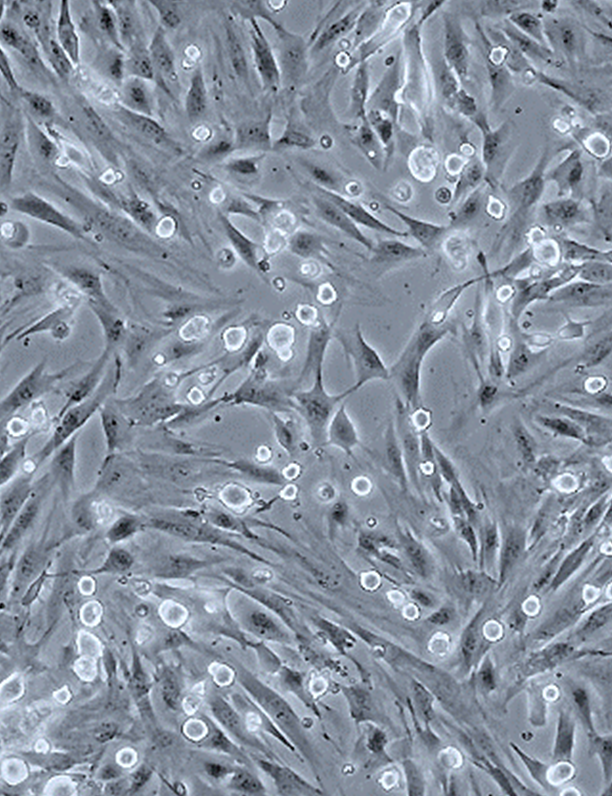Week 6 – Cell Biology

Cover Image: C2C12 mouse myoblasts in adherent cell culture at high confluence. Total magnification 400X. Captured by Ryan Belowitz.This module was designed in collaboration with Dr. Kim Dej (School of Interdisciplinary Science) and Mr. Ryan Belowitz (School of Interdisciplinary Science). It has been adapted by Dr. Ana Tomljenovic-Berube (lead), Mr. Ryan Belowitz and Ms. Noella Noronha (2020).
Module Overview
In this Cell Biology Module, we will investigate how model organisms can be used to identify and study cellular mechanisms that impact aging, and introduce you to the basic techniques used in cell culturing. The lecture will introduce you to what we know about cellular aging and the concept of cellular senescence. In the lab, you will explore the process of cell culture through passaging C2C12 cells in a biological safety cabinet, and counting cells using a haemocytometer. In the tutorial, you will continue your analysis of your cell counts by calculating the cell density of your C2C12 sample.
Learning Objectives
By the end of this module, students should be able to:
- Define cell senescence.
- Explain the attributes and significance of the Hayflick limit.
- Describe the morphological characteristics of senescent cells.
- Describe the various confluences of cultured cells, visible under an inverted compound microscope.
- Passage adherent cells (C2C12) using a trypsinase protocol.
- Use a haemocytometer to count cells and calculate cell density.
Missed work
If you miss the lab, tutorial or any work associated with this module, here are the details on accommodations.

